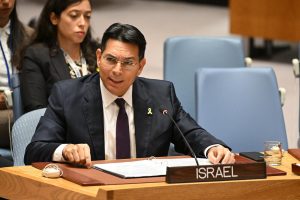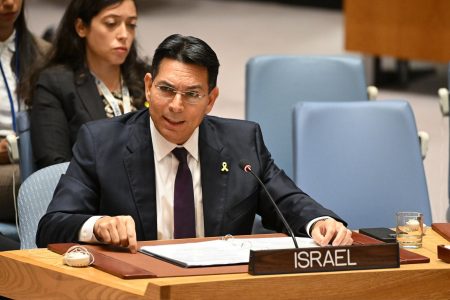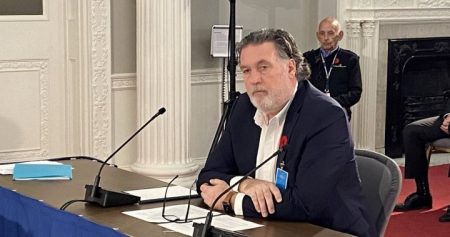The Supreme Court grappled with the intricacies of federal pay for military reservists during oral arguments, focusing on the scope of “national emergency” and its implications for compensation. The case centered on Nick Feliciano, an air traffic controller and Coast Guard reservist, who argued he deserved full pay from the Federal Aviation Administration for his reservist duties escorting military vessels during the wars in Afghanistan and Iraq. The core question before the justices was whether the existing law, which guarantees full pay for soldiers and those directly involved in national emergencies, extended to supporting roles like Feliciano’s, which were geographically and functionally removed from direct combat. The justices’ skepticism highlighted the potential for expansive interpretations of the law and the possible financial ramifications for the government.
Justice Amy Coney Barrett probed the limits of claiming participation in a war effort, using the hypothetical example of a military recruiter working during wartime. She questioned whether such an individual, despite their contribution to the military, could legitimately claim to have “served during the war.” Feliciano’s lawyer, Andrew Tutt, argued that while some might consider it an overstatement, it wouldn’t be inaccurate. He emphasized the interconnectedness of roles within the war effort, suggesting that even indirect contributions warranted recognition. This exchange exposed a central tension in the case: defining the boundary between supporting the military and actively participating in a national emergency for the purposes of compensation.
The justices’ skepticism wasn’t limited to conservative members. Justice Elena Kagan, appointed by President Obama, raised concerns about the proliferation of declared national emergencies. She pointed to the 43 existing national emergencies, many related to sanctions programs and natural disasters, arguing that under the plaintiff’s interpretation, federal employees on military leave could perpetually claim full pay. Kagan questioned the practicality of such a scenario, suggesting a world without sanctions programs or responses to hurricanes was unimaginable. This line of questioning highlighted the potential for abuse and the need for a clear definition of “national emergency” to prevent constant demands for full pay based on tangential connections to declared emergencies.
Tutt responded to Justice Kagan’s concern by linking the numerous declared emergencies to the ongoing impact of the 9/11 terrorist attacks. He argued that many of these emergencies stemmed from the initial 9/11 declaration and encompassed a wide range of responses, both domestic and international. He highlighted airport security and other domestic roles as part of the ongoing 9/11 response, emphasizing that the impact of the attacks extended far beyond the battlefields of Iraq and Afghanistan. This argument sought to justify Feliciano’s claim by connecting his reservist duties to the long-term consequences of 9/11, a universally recognized national emergency.
However, Tutt’s argument about the continuous nature of the 9/11 emergency and its extended impact on various government functions seemed to be a “sticking point” for several justices. The court appeared hesitant to accept such a broad interpretation of a single national emergency, especially given the potential for future claims based on similarly extended connections to long-past events. The justices appeared to be grappling with the need to balance fairness to reservists like Feliciano with the potential for excessive financial burden on the government and the need for clear legal boundaries for future cases.
The Supreme Court’s deliberation on this case reflects the challenge of interpreting existing laws in the face of evolving circumstances. The proliferation of declared national emergencies, the ongoing impact of 9/11, and the diverse roles played by military reservists necessitate a careful examination of the law’s intent and its practical implications. The court’s eventual decision, expected in the summer of 2025, will have significant implications for federal employees serving in the military reserves and will set a precedent for determining eligibility for full pay during national emergencies. The justices’ evident skepticism suggests that a narrow interpretation of the law is likely, restricting full pay to those directly involved in addressing specific emergencies rather than those in supporting or ancillary roles.










